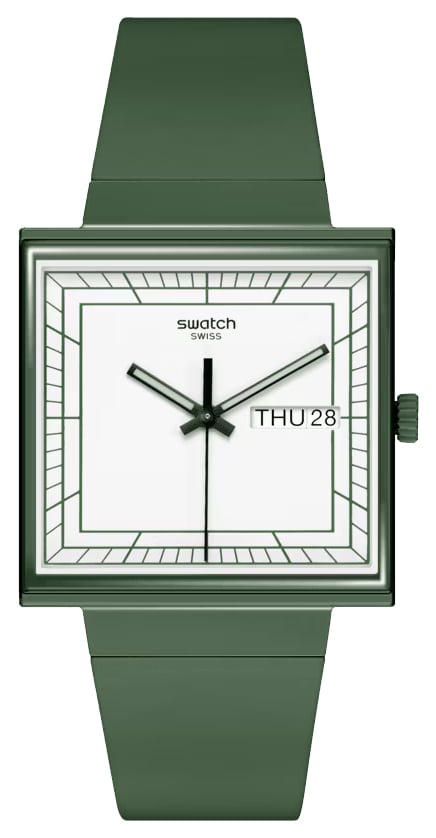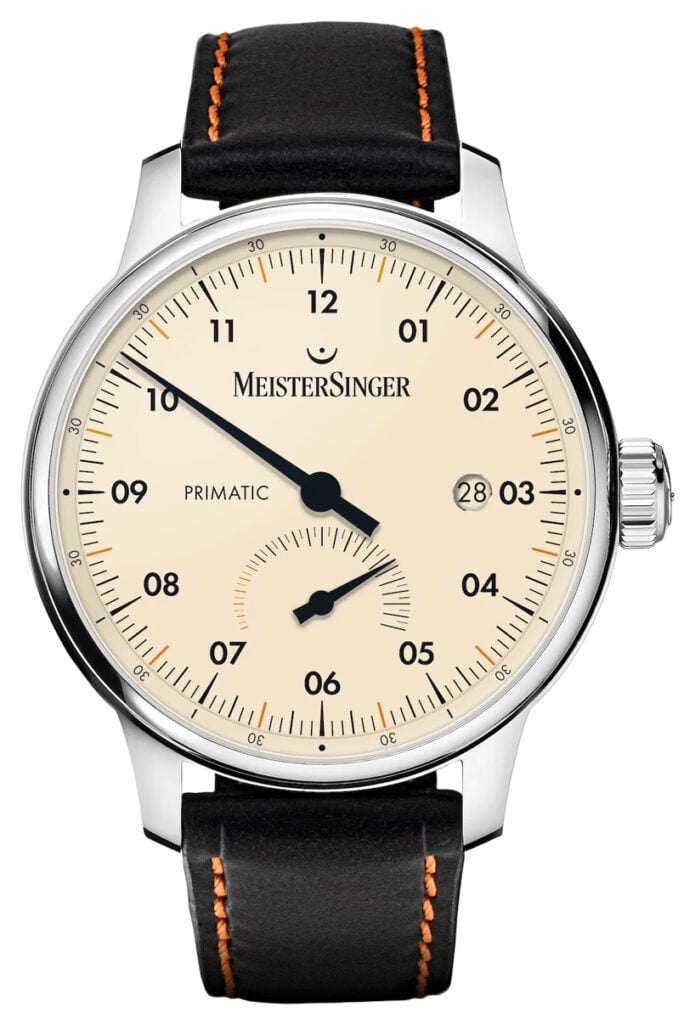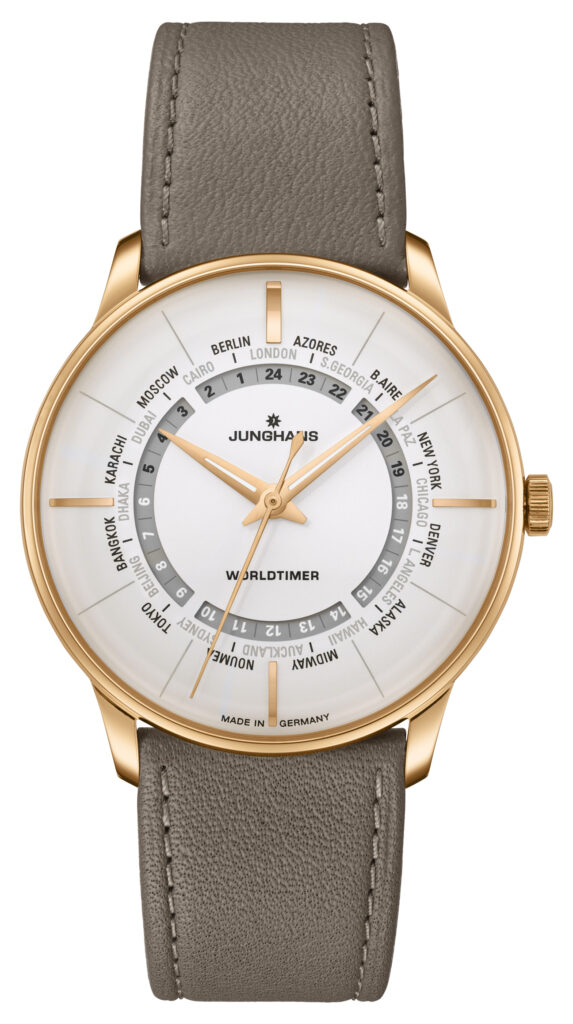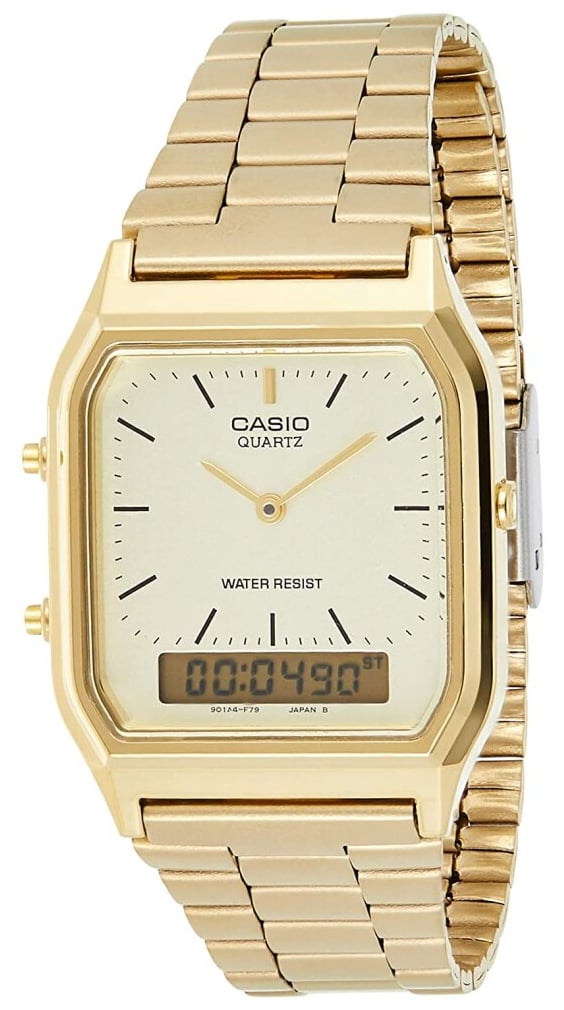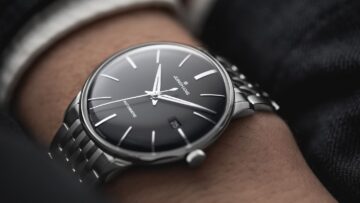Today, we continue our Watches 101 series with the next pressing question many newbies have: What is a watch complication? And what different types of watch complications are there? In this day and age, the short answer to the latter question is many. With lots to cover, let’s get right into it!
So, what is a watch complication?
In short, a complication is a technical term for any additional function beyond telling the present time.
The name makes sense when you consider these extra functions as “complicating” the mechanism of a traditional mechanical movement. To this end, some argue that the term “complication” therefore only applies to mechanical watches and not quartz. But, in general, many watch enthusiasts refer to extra functions on both quartz and mechanical watches as a complication.
Of course, there are many different types of watch complications, particularly nowadays. To give you an idea of what these can look like, we have rounded up several popular types of complications.
Popular Types of Watch Complications
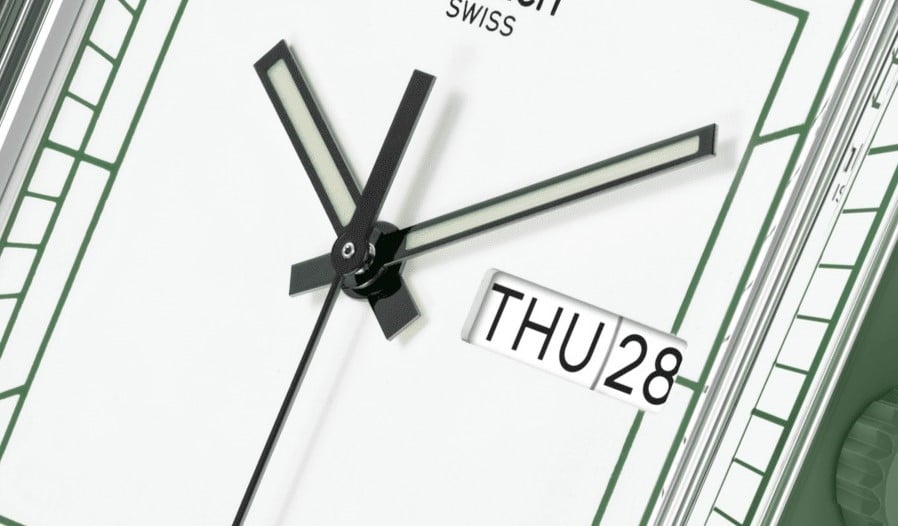
Weekday and Date
One of the most widely-found types of complication is the date display. Normally, this takes the form of a small aperture on the right-hand side of the dial. However, many brands have become creative with date complications. For instance, many watches feature a date display in the form of a subdial. Moreover, brands like Oris have even experimented with date chapter rings.
Despite their similar names, the date display complication is not to be confused with a day display. Instead of a number, the latter displays the current weekday. Usually, the weekday display accompanies a date display and it’s quite rare to be found as the sole complication. However, just like with the date display, it can appear both as an aperture or a subdial.
It’s worth noting that sometimes watches take their date and weekday display even further by adding the month too. Although uncommon, if you want a full calendar on your watch, just know that there will be one out there somewhere!
Example: Swatch Bioceramic What If… Green (33.25mm) White Dial / Green Strap SO34G700
This Swatch What If piece effortlessly combines a classic day-date complication into its design.
Effortlessly slotting into the 3 o’clock position, the date and weekday display on this model matches the white dial. It is overlaid with black text, allowing it to stand out against the intricate green track surrounding the dial. Finally, topping off the design is a green bioceramic square case and a matching bio-sourced material strap.
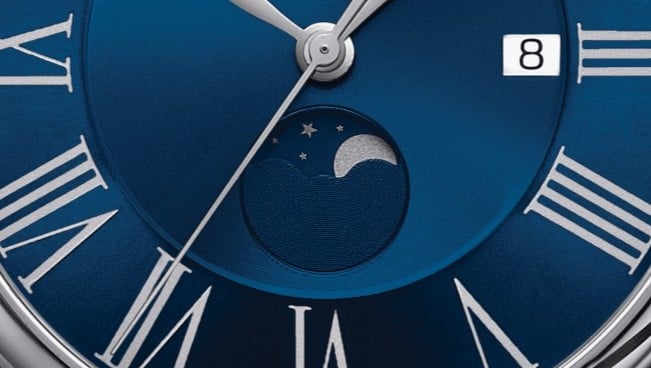
Moon Phase
A moon phase complication is another one that is traditionally very popular. As the name implies, this complication shows the current moon phase in the 29.5-day lunar cycle. Primarily, this takes the form of a classically illustrated rotational disc. This disc sits underneath the dial and features two identical moons, making one full rotation per lunar cycle.
Example: Tissot Men’s Carson Moon Phase Blue Dial Blue Leather Strap T1224231604300 / T122.423.16.043.00
With a sunray blue dial to match, the moon phase complication takes centre stage on this Tissot. It’s illustrated with a silver-tone moon, which beautifully ties in the colour of elegant Roman numeral indices and hands. Moreover, at 40mm in diameter, a stainless steel case tops off the design. Securing it to the wrist is a classically textured blue leather strap that fastens with a pin buckle.
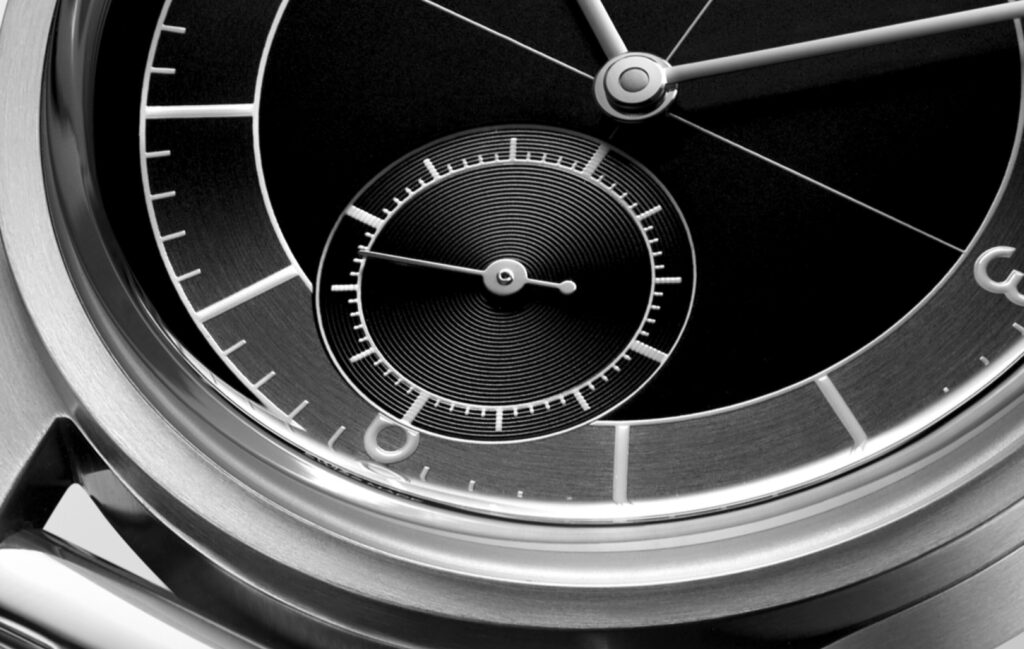
Small seconds
Simply put, a small seconds complication is another way of displaying the seconds. Dividing up the watch’s timekeeping functions, a small seconds complication usually replaces the need for a central seconds hand. Instead, it counts the seconds on a separate subdial, often leading to a cleaner-looking dial design.
Example: LONGINES Heritage Classic Sector Dial Stainless Steel L28284536 / L2.828.4.53.6
As you can see on this Longines model, the use of a small seconds subdial balances out the design well. Moreover, by using minimalistic markers and hands to match those of the central dial, it fits in seamlessly with the overall design too. Subtle features like its texture also ensure it’s not lost against the black background. Additionally, the slim build of the hands at the dial’s centre means that it won’t be obscured at any point of the day either. Attentive design and incredibly trendy, this Longines Heritage is the perfect example of a well-done small seconds complication.
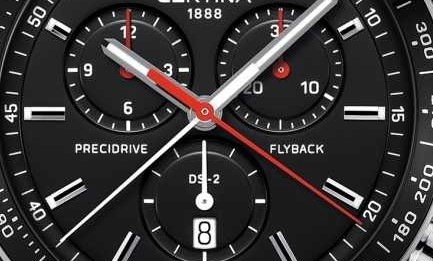
Chronograph
A chronograph complication is another very popular function. Chronographs are essentially stopwatches embedded into the dial of a watch. You may see many different types of chronographs, with some of the most popular being split-seconds and a flyback.
Each of these types can be used for different purposes. Split-second chronographs time two simultaneous events that start together but don’t finish at the same time. For example, it can be used to time two runners competing in a race that begin together but will finish at different times. It does this through two second hands. One of the hands can be stopped before the other, whilst the second one keeps timing until the pusher is pressed again.
Meanwhile, a flyback chronograph complication offers the benefit of being able to stop, reset and start the chronograph function in just one press. Comparatively, traditional chronographs usually have three separate steps requiring multiple pushers to do this. The one press required on a flyback chronograph causes the chronograph hand to fly backwards, which is how it gets its name.
Exmaple: Certina Men’s Ds-2 Precidrive Flyback Chronograph Watch C0246181105101 / C024.618.11.051.01
A brilliant example of a flyback chronograph is this Certina piece. Its functions are well thought-out, with red and silver-tone accents to contrast its black dial. Encircling the dial is a tachymetric scale as a supporting function, as well as a date display at 6 o’clock. Each of its three subdials is positioned an equal distance apart which, along with the tactful colour-coding, greatly improves the dial’s legibility. The chronograph subdial design also gives the piece a sporty feel, reinforced by its accompanying stainless steel bracelet.
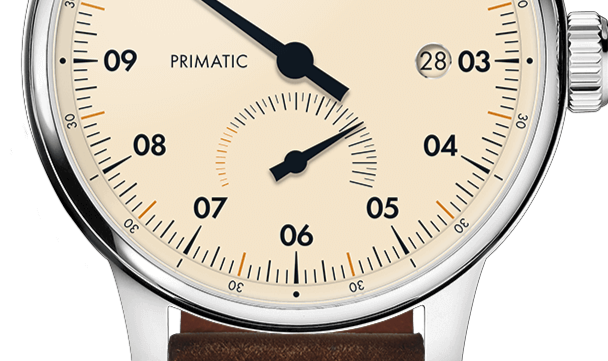
Battery Level or Power Reserve Indicator
This is a super handy complication for any mechanical watch newcomers out there. A power reserve indicator displays the amount of power left in the reserve before the watch needs to be rewound. As a result, you can anticipate when your watch needs a power-up to keep it ticking as smoothly and as reliably as it can.
For digital or hybrid watches, sometimes this is referred to as a battery level indicator. However, regardless of the name change, the same principle applies. The battery level indicator displays the amount of power left in the store before it needs recharging, for example, through solar power.
Example: MeisterSinger Primatic New Ivory Dial Black Vegan Leather Strap PR903
MesiterSinger is masterful in its use of complications and this brown and ivory Primatic model is no exception. Paired with its iconic one-hand design is its petite power reserve subdial, which rests above the 6 o’clock position. In the brand’s typical style, the power indicator features minimalistic baton markers with orange markings to signify a critically low level. Indicating the level is a smaller version of the central hand that in turn optimises the cohesiveness of the design.
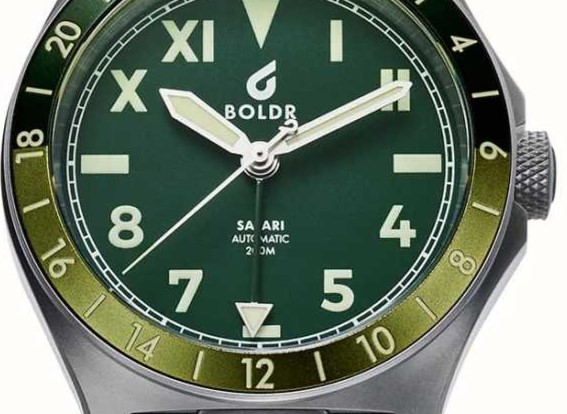
GMT
Introduced around the same time as air travel became commercialised, the GMT complication allows the simultaneous display of two time zones. GMT stands for Greenwich Mean Time, which is the international standard timezone by which Coordinated Universal Time (UTC). The complication takes its name from the first dual-time zone model, which was the British-born Rolex GMT-Master. Due to the watch’s popularity, the name ‘GMT’ to describe the complication ended up sticking.
If you’re interested in learning more about GMT watches, we have a whole article dedicated to them here.
Example: BOLDR Safari GMT Serengeti Automatic (40mm) Green Dial / Stainless Steel SFR-GT-SER-40-20
Sometimes, brands overcomplicate (hehe) GMT functions in a way that threatens the design’s overall readability. For instance, we see many GMT watches featuring multiple scales that often feel wildly unnecessary. However, a refreshing difference on this BOLDR Safari is that the GMT complication and the main timezone functions share the same indices. Not only does this choice make a world of difference clarity-wise, but also style-wise. In fact, it is this sole set of large assorted hour markers that gives the watch its strong character. In turn, their bold design simultaneously prioritises clarity and readability. Add in its stunning green colour scheme and there really is nothing that’s left to be desired on the Safari.
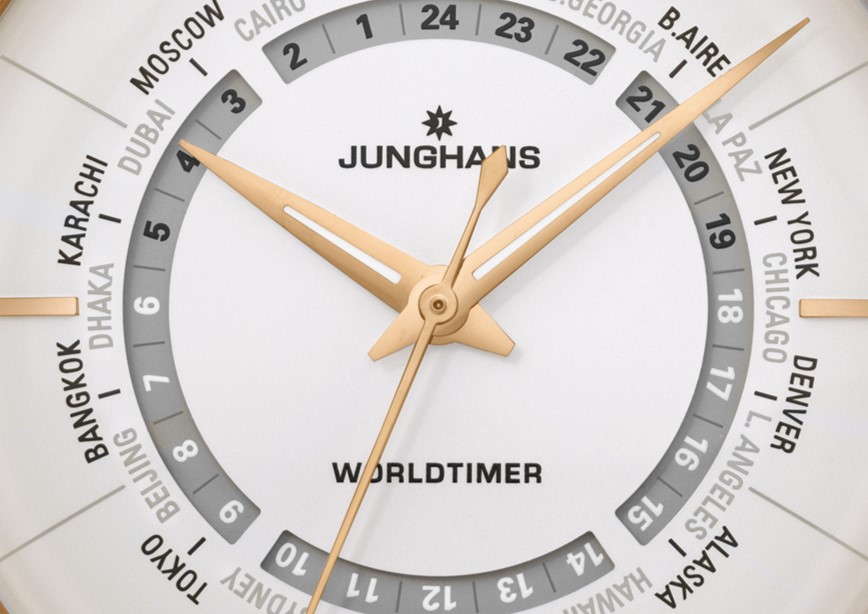
World Time
The world time complication is a step up from the GMT watch complication. Instead of just one other timezone, a world timer can display the 24 main international time zones at once. Often, these timezones are positioned on a rotational ring that can be adjusted and aligned with the correct time.
Example: Junghans Meister Worldtimer Sapphire Crystal Brown Leather Strap Silver Dial 27/5012.02
Junghans has a knack for making the most complex designs look effortless. And, this is even true for complications as elaborate as the world timer. Using colour contrasts and recessed apertures to its advantage, the Junghans Meister Worldtimer features a no-frills design that packs in functionality. Grey baton indices contrast the blue dial and complement the three silver hands. At the principal four dial positions, accenting these indices are silver batons. Encasing the dial is a 40.4mm wide stainless steel case with a domed sapphire crystal for an added seal of protection. The watch’s movement is automatic and has up to 42 hours of power reserve. To tie the understated design together is a blue leather strap with a pin buckle fastening.
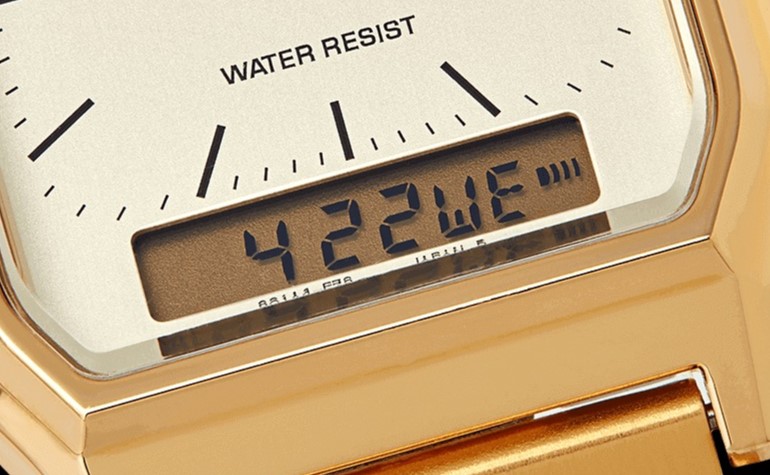
Alarm
And finally, we have the alarm complication. Contrary to popular assumption, an alarm complication can be part of both digital and analogue timepieces. Within mechanical watches, this works through a tiny striking mechanism in the movement which audibly chimes at the desired time. However, it’s worthwhile noting that on many analogue watches, you can only set the alarm within a 12-hour period. Nonetheless, it’s an incredibly handy watch complication to have.
Example: Casio Vintage Cream Hybrid Dial / Gold-Tone Metal Bracelet AQ-230GA-9DMQYES
A Casio is always a classic pick. Most of its portfolio features watches with alarms, but one of our favourites is this Vintage Collection piece. Its all-over gold colour scheme injects some retro charm into the design, reinforced by its rectangular case shape. Meanwhile, the digital display at the bottom of the dial allows it to have multiple simultaneous capabilities, such as the alarm, a day-date display, a dual-time function and a stopwatch. Extending its vintage feel is a gold-tone stainless steel bracelet, which secures the watch tightly to the wrist.
And so, we have come to the end of our guide for today. We hope we answered all of your questions about what a watch complication is and all the different forms it can take. But if you have any more queries about complications, fire us a few in the comments below!


